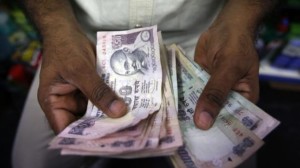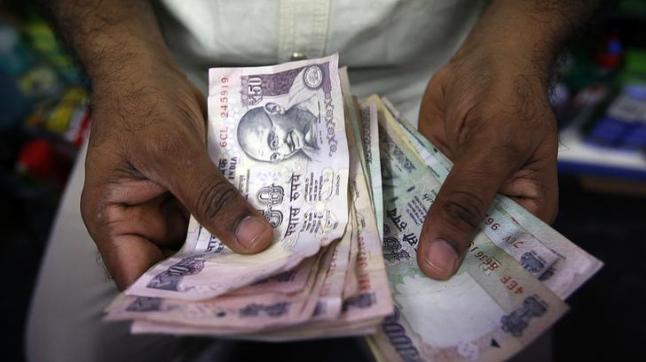 WASHINGTON: India is poised to remain the fastest growing large economy in the world and its GDP is expected to reach USD 5 trillion by 2025 as the economic reforms adopted in the last few years have started to bear fruit, a top Indian official has told the World Bank.
WASHINGTON: India is poised to remain the fastest growing large economy in the world and its GDP is expected to reach USD 5 trillion by 2025 as the economic reforms adopted in the last few years have started to bear fruit, a top Indian official has told the World Bank.
Giving an overview of the South Asian countries – Bhutan, Nepal, Bangladesh and Sri Lanka – Economic Affairs Secretary Subhash Chandra Garg said India continued to be a beacon of growth in the region.
“India is poised to remain as the fastest growing large economy in the world. In 2018, we expect India to grow at over 7.4 per cent,” Garg told the 97th meeting of the Development Committee of the World Bank here.
Transformational reforms such as Goods and Services Tax (GST) and initiatives such as Insolvency and Bankruptcy code, recapitalisation of banks, and unclogging of infrastructure investments will support such elevated growth, he told the World Bank.
“In the last few years, India has undertaken massive structural reforms toward formalization of the economy and fostering digital financial inclusion,” he said, adding that the country had grown at an average of 7.2 per cent per annum in the last four years and was continuing on the trajectory of sustained growth.
“India’s GDP is expected to reach a volume of USD 5 trillion by FY2025 by leveraging on digitization, globalization, favorable demographics and structural reforms,” Garg added.
India, he said, has accorded top priority to addressing its infrastructure deficit to sustain economic growth. Steps have been taken to mobilize funds from various sources for development of infrastructure which includes, inter alia, launching of innovative financial vehicles, he added.
India has begun undertaking a major program of monetizing brown field assets of Central Public Sector Undertakings (CPSUs) as a separate asset class for infrastructure investments, Garg said.
“In the field of digitization, India has completed the ambitious task of connecting 100,000 gram panchayats through high speed optical fiber network under phase-I of the Bharat Net project,” he said, adding that it has enabled broadband access to over 200 million Indians living in about 250,000 villages.
The government also proposes to setup 500,000 wi-fi hotspots which will provide broadband access to 50 million rural citizens, Garg said.
Around 470 Agricultural Produce Market Committees (APMCs) have been connected to the electronic National Agriculture Market (e-NAM) network providing a unified national market for agricultural commodities, he added. PTI






